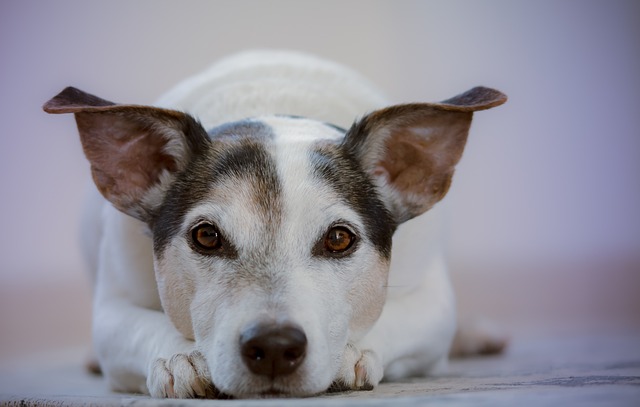
How can I tell if my dog's heatstroke is serious
Let’s be real: It’s a sticky August morning in Los Angeles, and you took your 2-year-old Golden Retriever, Max, for a walk a little later than usual
Dogs chewing their beds is a behavior that leaves many pet owners scratching their heads, especially when a brand-new bed turns into a tattered mess overnight. It’s not just about destruction—there’s usually a reason behind the gnawing, and understanding it can help both you and your furry friend find peace.
Puppies are often the biggest culprits, and for good reason. Their teething process, which starts around 3 to 6 months, brings discomfort that chewing eases. A soft bed might feel like the perfect relief, even if it means ruining a favorite spot. In places like California, where many families crate-train their pups, a bed inside the crate can become a target if the puppy is left alone too long during this phase.
Boredom plays a huge role too. Dogs, especially high-energy breeds like border collies or Australian shepherds, need mental and physical stimulation. If they’re cooped up in an apartment all day without walks or toys, that bed starts looking like a fun project. In cities like New York, where space is limited, owners might not realize how much pent-up energy their dog has—until they come home to stuffing scattered across the floor.
 Anxiety is another trigger. Separation anxiety, in particular, can make dogs act out by chewing. The bed, which carries their owner’s scent, might be a source of comfort they cling to when stressed. In the UK, where animal welfare laws emphasize addressing behavioral issues humanely, vets often recommend slowly desensitizing dogs to alone time rather than punishing them for chewing.
Anxiety is another trigger. Separation anxiety, in particular, can make dogs act out by chewing. The bed, which carries their owner’s scent, might be a source of comfort they cling to when stressed. In the UK, where animal welfare laws emphasize addressing behavioral issues humanely, vets often recommend slowly desensitizing dogs to alone time rather than punishing them for chewing.
It’s important to check local laws too. Some areas have regulations about keeping dogs confined, and a stressed dog that chews through bedding might be trying to escape an uncomfortable situation. In Germany, for example, laws require dogs to have adequate space and mental stimulation, so ignoring a chewing habit could even lead to a visit from animal welfare officers.
So, what can you do? Start by providing appropriate chew toys—kong toys stuffed with peanut butter work wonders. Make sure your dog gets enough exercise, especially before you leave the house. If anxiety seems to be the issue, a pheromone diffuser or a thunder shirt might help. And always replace a destroyed bed with one made of durable material, like canvas, until the behavior subsides.
Remember, chewing is natural for dogs, but it’s our job to guide them toward acceptable outlets. With a little patience and understanding, you can save your furniture—and keep your dog happy and healthy.

Let’s be real: It’s a sticky August morning in Los Angeles, and you took your 2-year-old Golden Retriever, Max, for a walk a little later than usual

You're enjoying a summer afternoon at the park when you notice your dog has stopped panting and appears disoriented - their gums are bright red

Let’s paint the picture: You’re in your Denver apartment, watching your 4-year-old Boston Terrier, Ruby, plop down mid-play session with her favorite toy

Many dog owners notice their pets nails seem shorter after regular walks,but how much does this daily activity actually help?The answer depends on where you walk—concrete sidewalks or asphalt streets gently file nails as a dog's paws hit the ground

Most dog owners notice their pup scooting across the carpet at some point, but few connect it to impacted anal glands. These small sacs near a dog’s rectum secrete a scent for marking territory

Most vets agree that regular dog teeth cleaning is key to avoiding painful dental issues later. For healthy adult dogs, a professional cleaning at the vet’s office every 12 to 18 months usually works well.